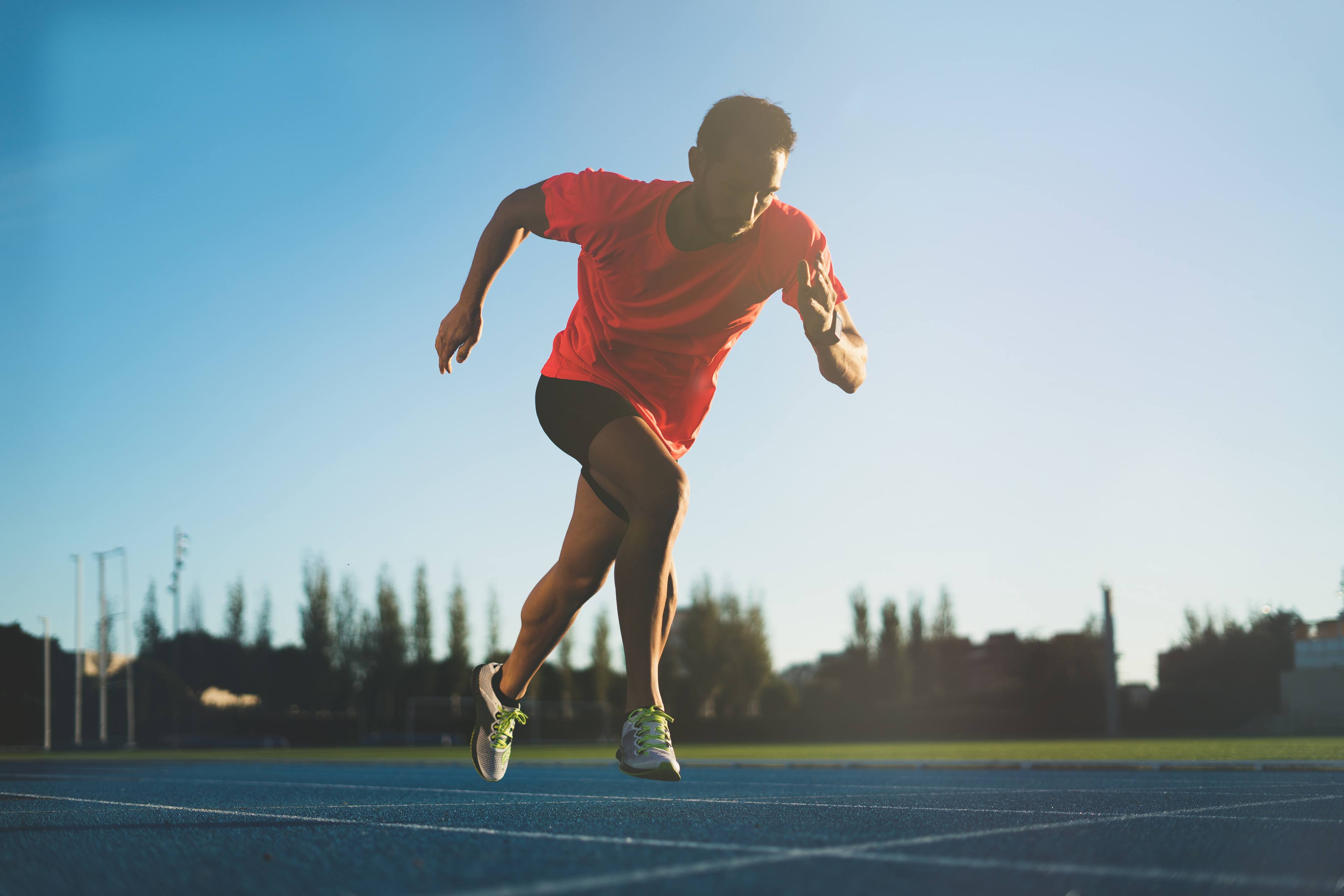
Top 5 things BGSU experts say to consider when starting a new sport or fitness routine
Estimated Reading Time:
The Olympic games are inspiring viewers to pick up new hobbies and sports, but University experts urge health and safety when starting something new
By Branden Ferguson
The 2024 Olympic Games in Paris feature the world’s best athletes competing in a variety of events. While cheering on their home countries from afar, some people may be inspired to pick up a new sport or begin a new fitness journey.
Before getting started on a new routine, exercise science researchers in the Bowling Green State University College of Education and Human Development are offering important factors to consider.
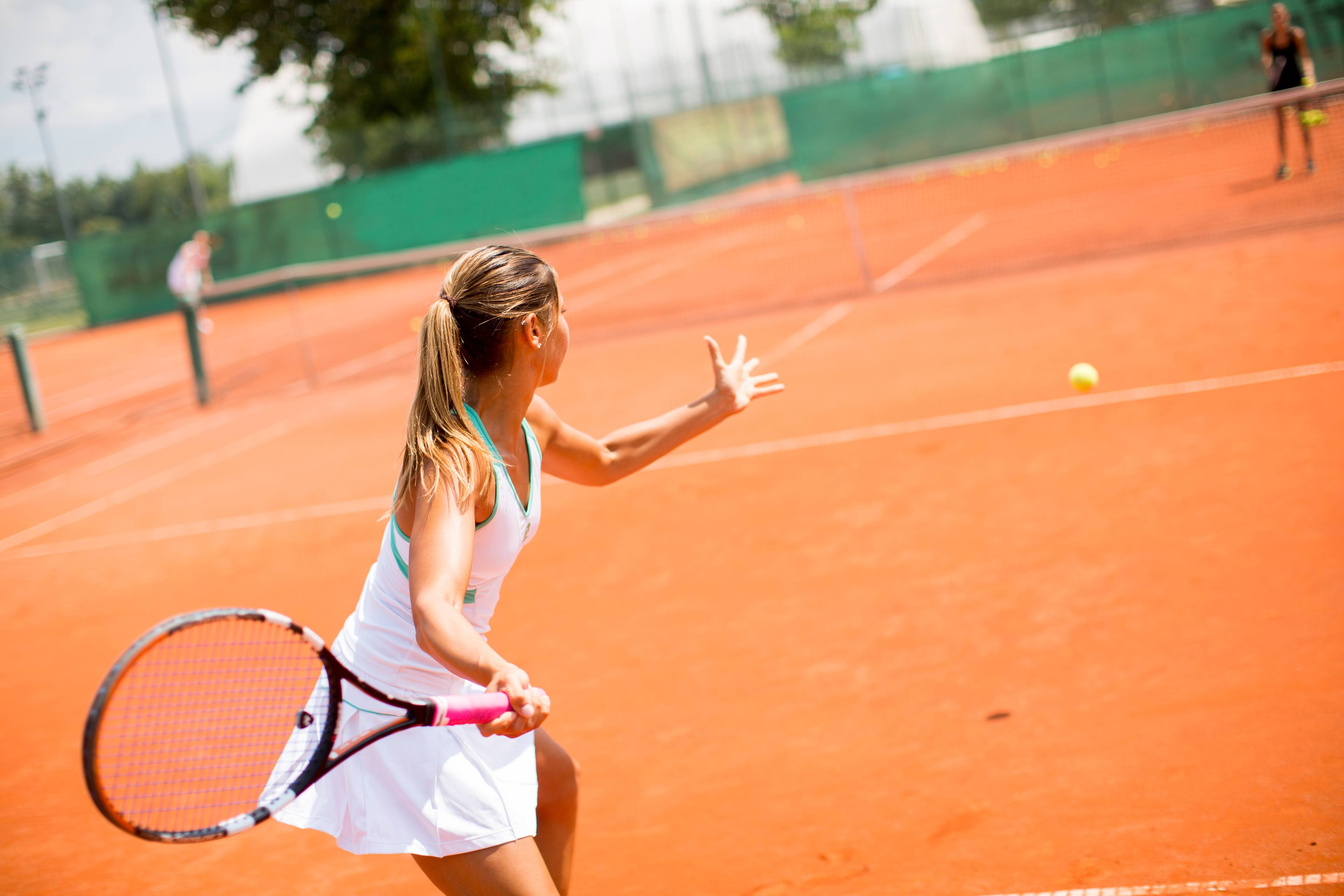
1. Find something you enjoy
The Olympics feature cycling, swimming, badminton, weightlifting, tennis, walking, running and more. BGSU experts suggest finding a sport or activity that interests you and keeps you in a routine.
“Health concerns like a doctor telling you that you’re overweight or your blood pressure is too high is usually not enough to get people exercising regularly,” said Dr. Todd Keylock, associate professor in the BGSU School of Applied Human Development. “If a person finds something they enjoy doing, they’ll do it simply because of how it makes them feel.”
While people may enjoy a particular activity at one point, Keylock said it's important to regularly check in with themselves and adjust routines to fit their fitness level.
“I used to be a runner, but I no longer enjoy it. The high impact on the knees and back became too much,” he said. “Instead, I now enjoy biking and hiking which still provides me with a ton of cardio while also helping to build and maintain muscle."
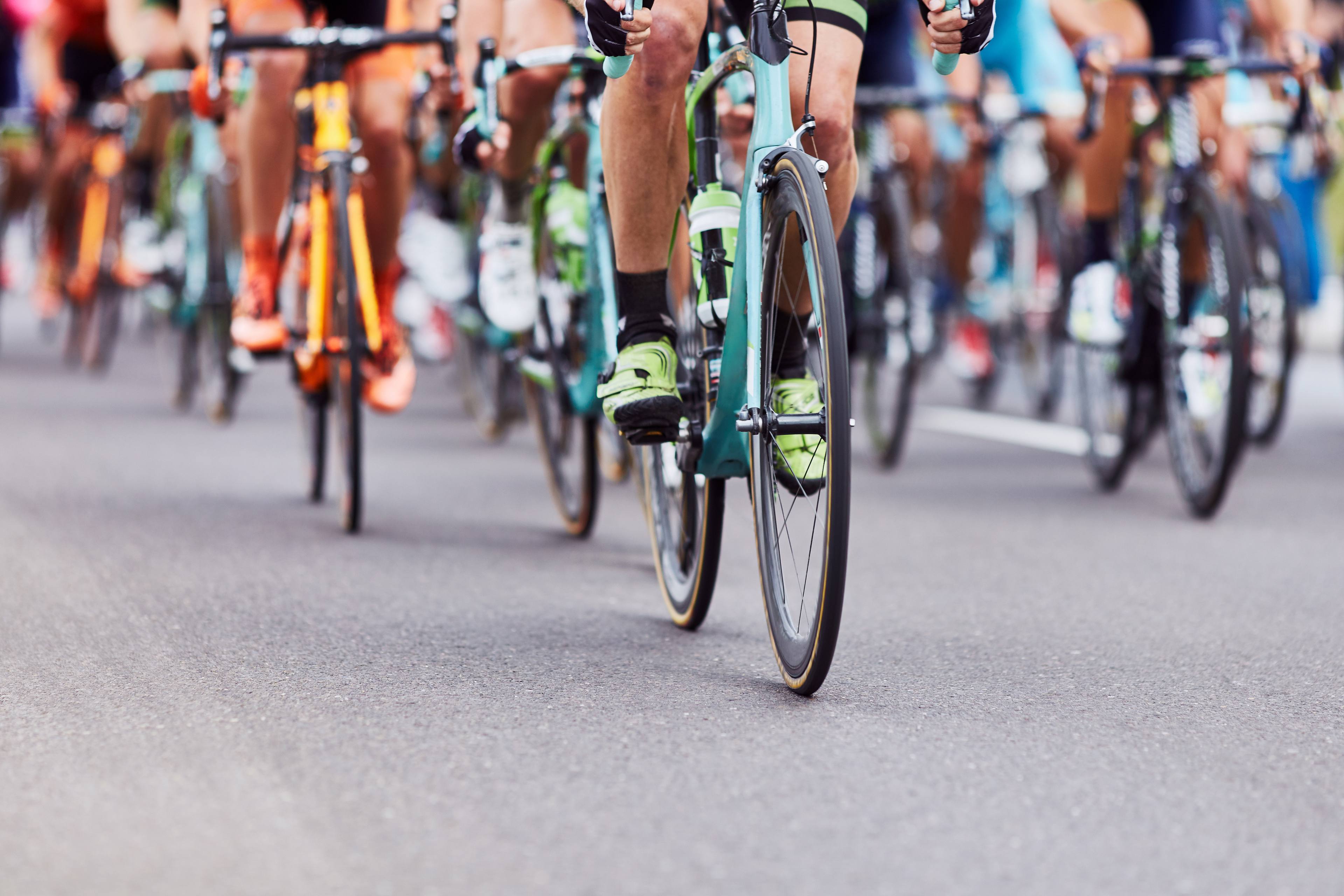
2. Start slow
“It is important to remember that Olympic athletes did not wake up one morning and become elite athletes,” said Dr. Amy Morgan, professor of exercise science at BGSU. “These athletes have participated in years of training specific to their sport.”
American sprinter Noah Lyles was named the 100-meter champion at the Paris Olympics and dubbed “The World’s Fastest Man.” Beating his competitors with a time of 9.784 seconds, Lyles fell short of Jamaica’s Usain Bolt’s world record of 9.58. How would you compare? BGSU experts say body composition, genetics and pre-existing conditions all play a role.
“Olympic athletes have been training for years and years, and they’ve been working with a team of elite professionals who help guide them and prevent them from getting injured,” Keylock said. “When they do get injured, they have a team of experts that help them get back on the track quickly. Most of us don’t have that available to us.”
Morgan encourages people to also be mindful of how much physical activity they have or have not been doing, stating that “inactivity leads to a loss of muscle.”
“If people are inspired to start a path to greater physical activity, what they are able to do is going to be dependent upon their current health status,” she said. “As anyone starts to participate in any activity, it is important to transition into increased activity gradually.”
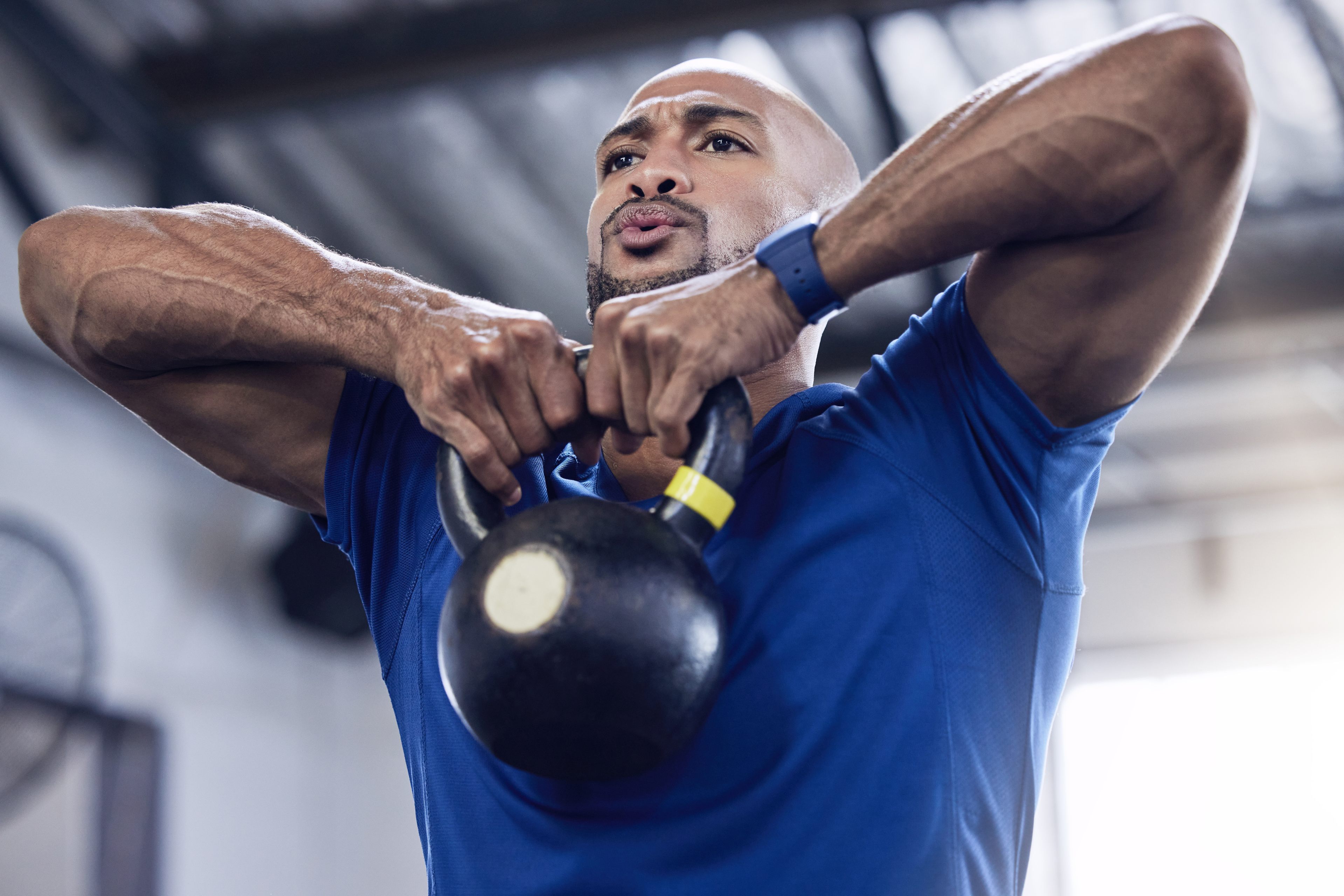
3. Focus on what matters
If improved physical health is the primary goal, BGSU experts say the scale may not be the place to initially focus.
“Rather than focusing on body fat, people should focus on muscle mass,” Morgan said. “Not only is muscle metabolically active tissue, it is also the tissue that can help us maintain activity throughout life and allow us to maintain our independence. Life-long health and wellness improves cardiovascular health, reduces risk of many diseases, provides stress release, controls weight and contributes to bone health.”
Keylock also notes that increased muscle mass can cause the misconception that working out is not working or having an adverse effect.
“If the Olympics inspired you to start lifting weights, your weight is actually going to go up even though you’re getting healthier,” he said. “Muscle weighs more than fat, and in the long run, muscle will help burn fat well after you’ve completed your exercise or activity.”
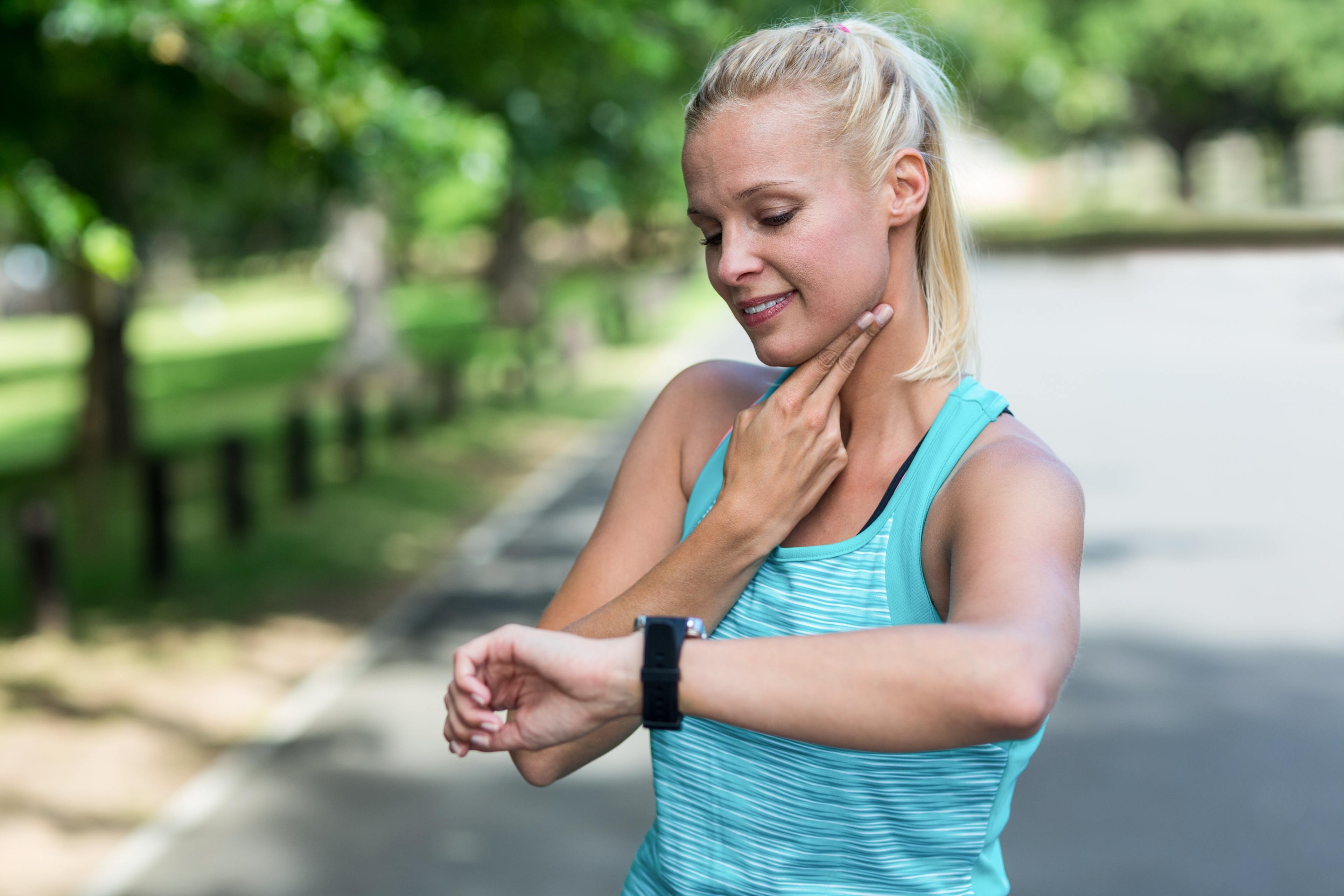
4. Hit your target
While not focused on the Olympic sports of archery or shooting, BGSU researchers say target heart rate is what you should be aiming for.
“For benefits in mental health, cardio and overall wellness, you really need to be in your training range,” Keylock said. “Heart rate reflects the exertion level someone is putting their body through, but everyone is different.”
“According to the American Heart Association, the recommended target heart rate for a 45-year-old is 123-145bpm," he said. "If we are talking about people who are just starting out, a lower range of 97-124bpm would be more appropriate, reflecting 55-70% of max heart rate. Keeping the heart rate within the recommended values will contribute to health and fitness gains most effectively."
Smart devices like watches and rings can help with heart rate monitoring. If those aren't an option, Keylock also recommends seeking guidance from certified professionals, like those at the BGSU Exercise Physiology Laboratory, who can help determine the best types of exercise and intensity levels.
“The BGSU laboratory houses a number of instruments to assess fitness and an individual’s acute and chronic response to exercise,” Keylock said. “Community members are able to measure cardiopulmonary fitness, energy expenditure, body composition and more.”
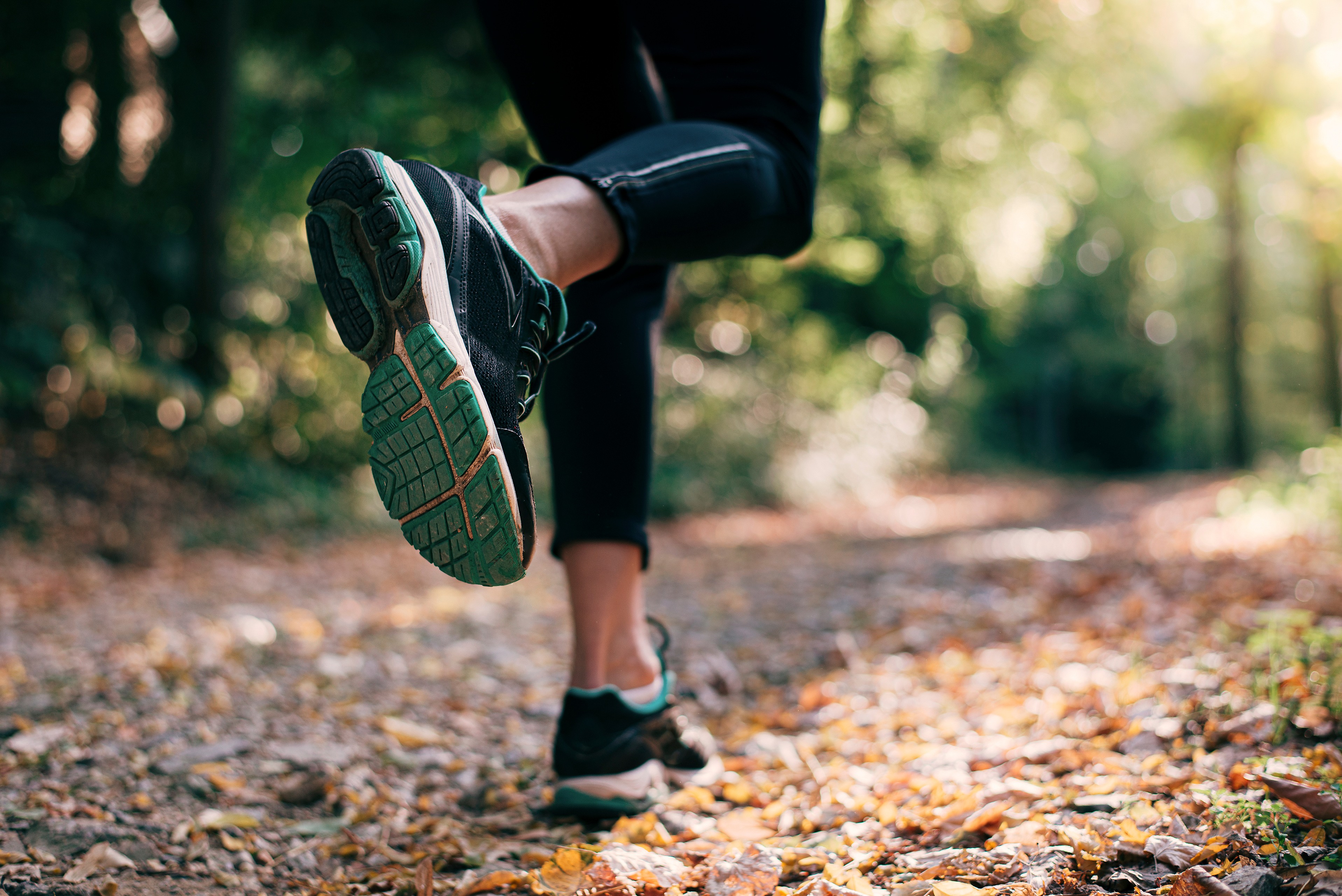
5. Break it up
Starting a new activity or sport with newfound motivation is exciting, but BGSU experts say overexertion can lead to injury, and injury can lead to a loss of interest. Instead, they encourage people to embrace exercising in small doses.
“The idea is that instead of doing a lengthy amount of exercise and taking up time in your day, that you break it up into multiple smaller sessions,” Keylock said. “If you can do three moderate 10-minute sessions, that adds up to 30 minutes of exercise. If you accumulate up to 150 minutes of moderate intensity during the week, you are meeting the recommended amount of aerobic activity set by the American College of Sports Medicine.”
The Heart Foundation cites excuses like, “I’m too tired,” “I can’t afford a gym” and “I don’t have time” as the top reasons people give for not exercising. In fact, the Centers for Disease Control and Prevention reports that only 5% of adults in the U.S. exercise the recommended 30 minutes per day.
Keylock said breaking up new fitness routines can allow people to get creative with staying healthy.
“Maybe you have decided to start cycling and find that you have 20 minutes between cooking dinner and picking your child up from sports. Use that time to ride 10 minutes down the road and back,” Keylock said. “If you picked up running or walking but don’t have a gym membership, use your local resources such as a public park or trail."
Regardless of the exercise routine, BGSU experts say any form of movement or activity can make a big difference in a person's overall health.
“Sitting is the new smoking,” Keylock said. “There is so much screen time at work and at home that people are not moving enough. It’s one of the biggest things affecting our health today. If the Olympics can inspire people to move even a little bit more, the benefits could be tremendous."
“Seeing so many different sports represented in the Olympics can definitely spark an interest for people to make a change,” Morgan added. “However, interests and current activity and ability levels play a big role.”
Related Stories
Media Contact | Michael Bratton | mbratto@bgsu.edu | 419-372-6349
Updated: 08/26/2024 04:43PM




